Advancements in Microplate Technology
Technological advancements in microplate systems are transforming the Microplate System Market. Innovations such as miniaturization, improved assay formats, and enhanced detection methods are enabling more precise and efficient experiments. For instance, the introduction of 384-well plates has allowed for increased sample throughput, while advancements in imaging technologies facilitate real-time monitoring of biological processes. These developments not only enhance the accuracy of results but also reduce reagent consumption, aligning with the industry's push towards sustainability. As laboratories adopt these advanced technologies, the Microplate System Market is expected to witness substantial growth, with an estimated increase in market size by 10% over the next few years.
Emerging Markets and Global Expansion
Emerging markets are becoming increasingly important for the Microplate System Market. Countries in Asia-Pacific, Latin America, and the Middle East are witnessing rapid growth in their biotechnology and pharmaceutical sectors. This expansion is driven by rising investments in healthcare infrastructure and increasing government support for research and development. As these regions develop their scientific capabilities, the demand for microplate systems is likely to increase. Market analysts predict that the Microplate System Market could see a growth rate of 9% in these emerging markets, as local laboratories and research facilities seek to adopt advanced technologies to enhance their research capabilities.
Rising Demand for High-Throughput Screening
The Microplate System Market experiences a notable increase in demand for high-throughput screening technologies. This trend is driven by the need for rapid and efficient drug discovery processes, particularly in pharmaceutical and biotechnology sectors. High-throughput screening allows researchers to conduct thousands of experiments simultaneously, significantly reducing the time required for lead compound identification. According to recent data, the market for high-throughput screening is projected to grow at a compound annual growth rate of approximately 7.5% over the next five years. This growth is likely to propel the Microplate System Market as laboratories seek to enhance their screening capabilities and improve productivity.
Growing Focus on Drug Development and Research
The Microplate System Market is significantly influenced by the growing focus on drug development and research initiatives. With an increasing number of clinical trials and research projects aimed at discovering new therapeutics, the demand for microplate systems is on the rise. Pharmaceutical companies and research institutions are investing heavily in R&D, which is projected to reach over 200 billion dollars annually by 2026. This investment is likely to drive the adoption of microplate systems, as they are essential tools for conducting assays and experiments in drug development. Consequently, the Microplate System Market is poised for growth as it supports the evolving needs of researchers and developers.
Increase in Academic and Research Institutions
The expansion of academic and research institutions is a key driver for the Microplate System Market. As more universities and research centers establish laboratories equipped with advanced technologies, the demand for microplate systems is expected to rise. These institutions are increasingly focusing on innovative research, particularly in fields such as genomics, proteomics, and personalized medicine. The number of research publications in these areas has surged, indicating a robust interest in utilizing microplate systems for various applications. This trend suggests that the Microplate System Market will benefit from the growing number of research initiatives and collaborations, potentially leading to a market growth rate of around 8% in the coming years.


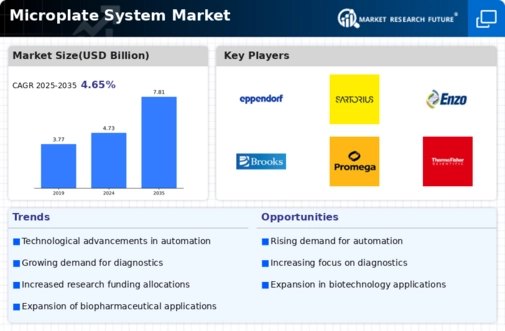
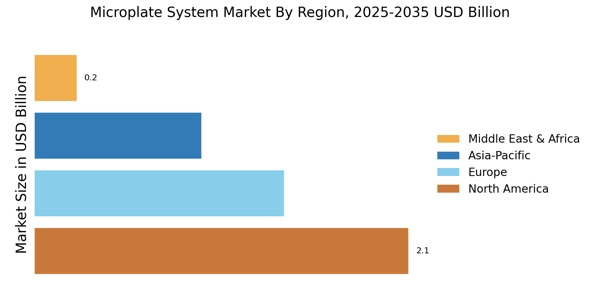

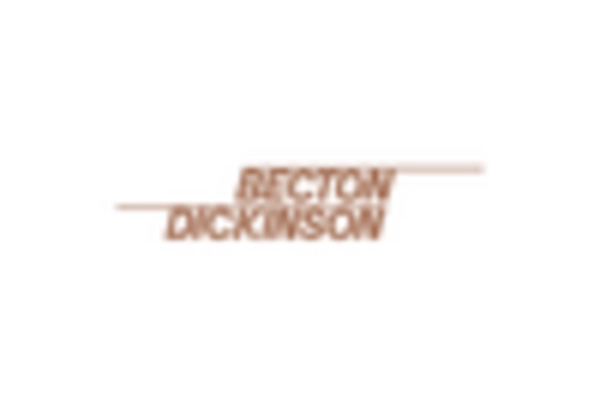
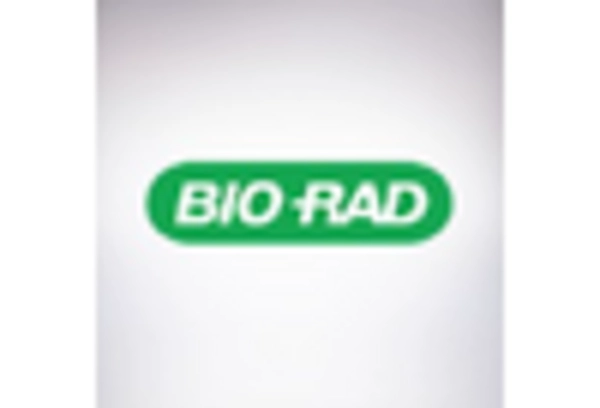

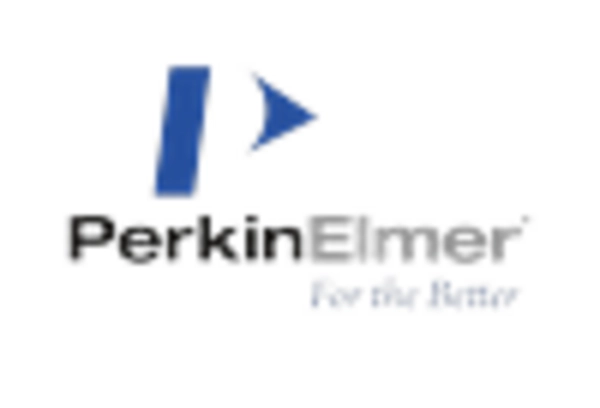









Leave a Comment